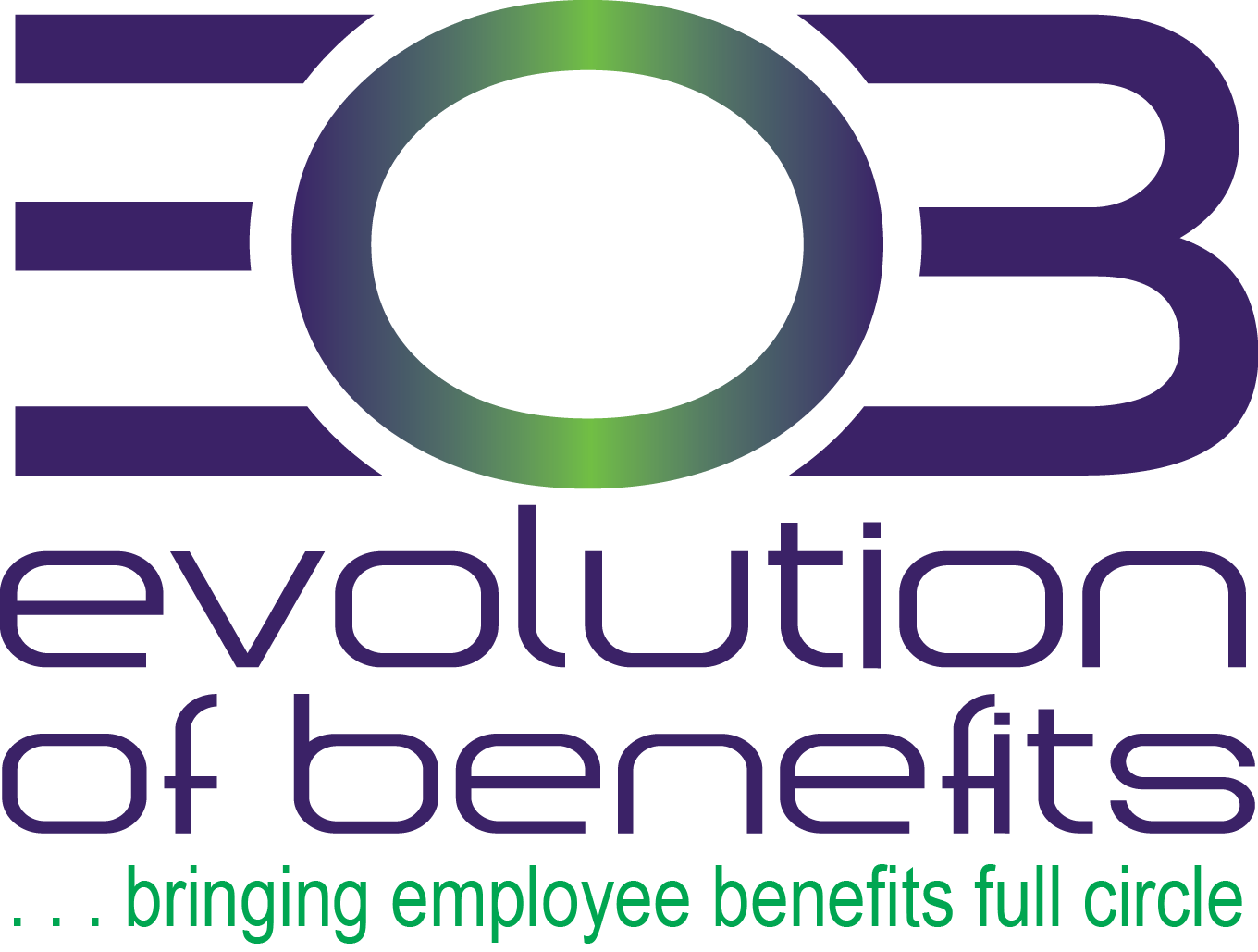Compliance Bulletin – OSHA COVID-19 ETS: Determining the Number of Employees

On Nov. 4, 2021, the Occupational Safety and Health Administration (OSHA) announced a federal emergency temporary standard (ETS) to address the grave danger of COVID-19 infection in the workplace. Affected employers will be required to comply with most provisions of the ETS by Dec. 5, 2021, and with its testing requirements by Jan. 4, 2022. Affected employers include private employers with 100 or more employees (firmwide or companywide count).
The ETS provides specific guidance to help employers determine how many employees they have for the purpose of complying with the vaccination and testing standard. This Compliance Bulletin provides an overview of specific guidance offered for:
• Part-time employees;
• Independent contractors or subcontractors;
• Staffing agencies;
• Temporary and seasonal employees;
• Multiemployer worksites; and
• Outdoor employees.
Click here to learn more and download the latest Compliance Bulletin
Compliance Bulletin – COVID-19 Vaccine and Testing ETS Policy Requirements for Employers

On Nov. 4, 2021, the Occupational Safety and Health Administration (OSHA) announced a federal emergency temporary standard (ETS) to address the grave danger of COVID-19 infection in the workplace. Affected employers will be required to comply with most provisions of the ETS by Dec. 6, 2021, and with its testing requirements by Jan. 4, 2022. Affected employers include private employers with 100 or more employees (firmwide or companywide count).
The ETS requires each covered employer to establish and implement a written mandatory vaccination policy unless the employer adopts an alternative policy requiring COVID-19 testing and face coverings for unvaccinated employees. To meet the definition of “mandatory vaccination policy,” the policy must require vaccination of all employees, including all new employees as soon as practicable, other than those employees for whom:
Click here to learn more and download the latest Compliance Bulletin
Compliance Bulletin – COVID-19 Testing for Employees Not Fully Vaccinated Under the ETS

On Nov. 4, 2021, the Occupational Safety and Health Administration (OSHA) announced a federal emergency temporary standard (ETS) to address the grave danger of COVID-19 infection in the workplace. Affected employers will be required to comply with most provisions of the ETS by Dec. 6, 2021, and with its testing requirements by Jan. 4, 2022. Affected employers include private employers with 100 or more employees (firm- or company-wide count).
On Nov. 6, 2021, the 5th Circuit Court of Appeals issued a temporary stay effectively blocking enforcement of the ETS until a final decision is made.
The ETS creates new employer obligations with respect to employees who are not fully vaccinated, including a requirement to ensure unvaccinated employees are tested for COVID-19. While OSHA’s stated preference is for employers to implement written mandatory vaccination policies, the ETS also regulates procedures to protect workers who remain unvaccinated—regular testing, use of face coverings and removal of infected employees from the workplace.
Click here to learn more and download the latest Compliance Bulletin
Celebrating Holidays Safely During the Pandemic – Live Well, Work Well

The Centers for Disease Control and Prevention (CDC) released guidelines for safely celebrating the upcoming holiday season. Because large indoor gatherings are common for the holidays, the best way to minimize COVID-19 risks and keep your family and friends safer is to get vaccinated if you’re eligible.
As we approach the second holiday season during the pandemic, it’s important to familiarize yourself with the CDC’s recommendations to plan safer gatherings.
How to Gather
The biggest difference between the holidays last year and the upcoming season is that COVID-19 vaccines are readily available in the United States. Additionally, there are several ways to enjoy holiday traditions and protect your health. The CDC recommends the following to keep yourself and your loved ones safe this holiday season:
View and download the latest Live Well, Work Well newsletter
HR Compliance Bulletin – EEOC Adds FAQs Addressing Religious Objections to COVID-19 Vaccine Mandates Under Title VII

On Oct. 25, 2021, the Equal Employment Opportunity Commission (EEOC) issued additional answers to frequently asked questions (FAQs) about how employers should comply with Title VII of the federal Civil Rights Act (Title VII), the Americans with Disabilities Act (ADA) and other federal fair employment laws while also observing all applicable emergency workplace safety guidelines during the coronavirus pandemic.
Title VII/ADA Rules Do Not Prevent Safety Measures
Employers must follow all applicable rules under federal fair employment laws while also observing emergency guidelines issued by federal, state and local health authorities during the COVID-19 pandemic.
Click here to learn more and download the latest Compliance Bulletin
HR Brief – What President Biden’s Vaccine Mandate Means for Employers

Recently, the White House directed the Occupational Safety and Health Administration (OSHA) to draft an emergency temporary standard (ETS) for private employers. Soon, employers with 100 or more employees (likely measured companywide, not by location) will need to adapt their vaccine policies and enforce one of the following:
• Require employees to get vaccinated against COVID-19
• Require unvaccinated employees to produce evidence of a negative COVID-19 test each week
DOL Announces Final Rule on Tip Regulations
Recently, the U.S. Department of Labor (DOL) announced a final rule that will amend Fair Labor Standards Act (FLSA) regulations for tipped employees. The final rule is expected to become effective on Nov. 23, 2021.
It’s Cold and Flu Season Again – Live Well, Work Well

View and download the latest Live Well, Work Well newsletter
With the fall and winter months comes flu season. According to the Centers for Disease Control and Prevention (CDC), flu activity peaks between December and February so now’s the time to ensure you’re prepared. Social distancing and mask mandates significantly prevented a “twindemic” last year as the flu season coincided with the ongoing COVID-19 pandemic.
Those safety measures helped prevent a majority of flu cases. However, as more states and businesses lift mask mandates and other preventive measures, the flu virus may circulate much more freely than it did last year.
The CDC estimates that 12,000 to 61,000 people die each year from the flu.
Preventing the Flu
The flu vaccine is your best chance of preventing the illness—especially this year. The CDC recommends an annual flu vaccine for anyone 6 months of age or older.
There are more ways to help protect yourself and others during this flu season. Avoid close contact with people who are sick, and stay home when you’re ill. It’s also critical to continue good hygiene by covering your coughs and sneezes and washing your hands.
How Natural Immunity to COVID-19 Might Factor Into Vaccine Mandates

Recently, President Joe Biden announced sweeping COVID-19 vaccination mandates. Federal employees must now be vaccinated as a condition of employment. And, soon, private employers with 100 or more employees will need to implement the same measure or allow weekly negative COVID-19 testing as substitutes for vaccination.
Natural Immunity, Explained
“Once an individual is infected with COVID-19, do they need to get vaccinated, or is their immunity sufficient?”
How Natural Immunity Factors Into the ETS
Most experts predict the ETS will not include it as an exception for getting vaccinated.
What to Expect in the Upcoming ETS
Experts predict that the ETS will not outline natural immunity as a valid exception to the rule.
Note: This is a developing issue. Information will be updated here and in subsequent resources as more details are released.
Merck Antiviral COVID-19 Pill Found to Cut Risk of Hospitalization, Death

On Friday, Oct. 1, 2021, drug manufacturer Merck and its partner Ridgeback Biotherapeutics announced an antiviral pill that could drastically reduce the severity of COVID-19 infections.
The drug, molnupiravir, was shown in clinical trials to reduce the risk of COVID-19 hospitalizations and death by around 50%. Merck said they will be seeking emergency use authorization (EUA) from the Food and Drug Administration as soon as possible.
“Antiviral treatments that can be taken at home to keep people with COVID-19 out of the hospital are critically needed.” Wendy Holman, Ridgeback Biotherapeutics CEO
For more information:
Clarifying Guidance on COBRA Deadline Extension Relief

Notice 2021-58 clarifies that the disregarded periods to elect COBRA coverage and make initial and subsequent COBRA premium payments generally run concurrently. The guidance provides the following rules to illustrate the applicable time frames:
- If an individual elected COBRA coverage within the initial 60-day COBRA election time frame will have one year and 45 days after the date of the election to make their initial COBRA premium payment.
- If an individual elected COBRA coverage outside of the initial 60- day COBRA election time frame, they generally will have one year and 105 days after the date the COBRA notice was provided to make the initial COBRA premium payment (subject to transition relief).
Click here to learn more and download the latest Compliance Bulletin




















